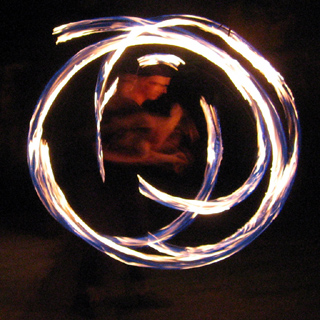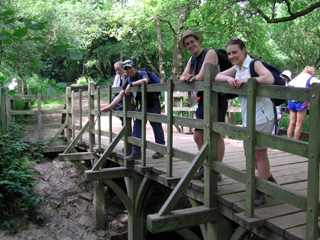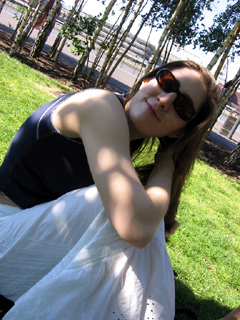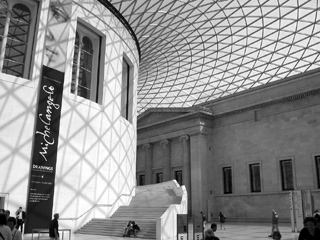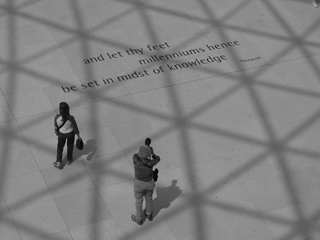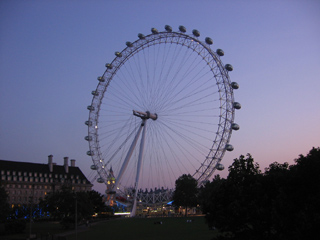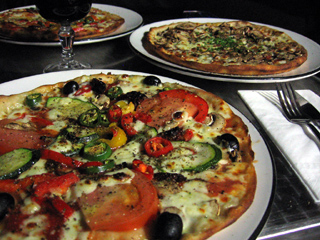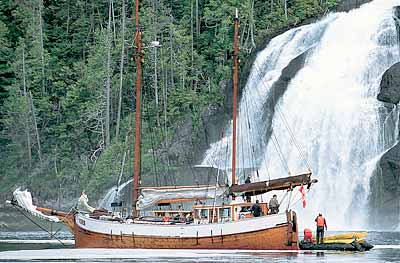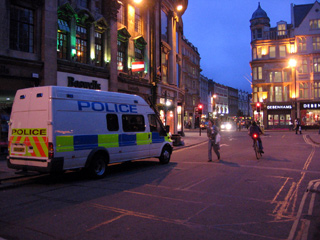The first tutorial for the St. Hugh’s summer program has passed. While it wouldn’t be appropriate to discuss here, I can say that leading it was a learning experience for me, as well. Being on the other side of any such asymmetry is always uncanny.
In an exciting development, it seems that I am going hiking and camping in Scotland from the 27th to the 31st of this month, with the Oxford Walking Club. We are going to the western Highlands, to Faichem Park near Invergarry. We will spend three days walking in the Loch Quoich and Blen Shiel area. Some of the mountains there are 1100m high, a bit more than Grouse Mountain and Mount Fromme, back in North Vancouver. I am meeting the trip leader to deliver payment and a participant form in less than an hour.
Ever since watching the documentary where former Pythons revisit the places where Holy Grail was filmed, I have really wanted to go to Scotland. I promise to do my utmost to bring back some interesting photos: both using my increasingly ailing digicam and using the Fuji Velvia that Tristan so generously sent me.
[Update] Moments after paying the £80 for the trip, a serious difficulty arose. The club absolutely requires proper hiking boots for this trip. That’s fair enough, but mine are in Vancouver. The options, therefore, are:
- Have my boots shipped from Canada
- Buy boots here
- Cancel the trip
Boots here, like everything else, are markedly more expensive than in Canada, and the ones I have in Vancouver are quite good. I do need to have them by the 26th of this month, but that leaves three entire weeks. Having them sent would mean digging them out from wherever in my big array of boxes of stuff left behind they are, plus paying postage. That said, I could use them for subsequent trips, it would almost certainly be cheaper than buying them here, and they are already broken in. Worth investigating.
[Update II] It seems extremely unlikely that my boots weigh more than 2kg – as much as a 2L bottle of soda. Estimating that they would fit in a 12″ by 10″ by 8″ box, they would cost $43.05 to send by Small Packet International Air. That’s about 20% of their original value, and probably about 1/4 of what inferior boots would cost in Oxford. They would cost $68.42 to send by Xpresspost International (with guaranteed four day delivery). Of course, the question of extracting them from whichever 55 gallon plastic box that has become their temporary abode remains.
[Update III: 5 July 2006] My mother has very kindly put my hiking boots into the post. As such, nothing remains between me and the realization of this trip. They should also prove useful when the Summer 2007 Kilimanjaro plan starts really coming together.

